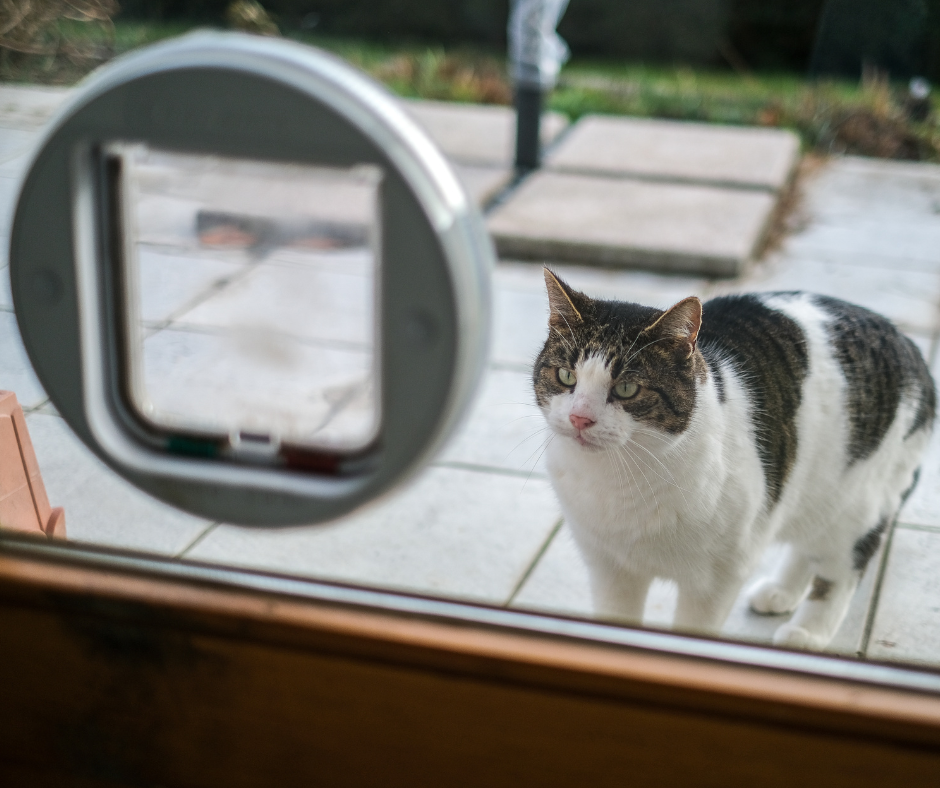Test day felt like an exam I hadn’t revised for. Saturday morning, kids at Grandma’s, dog glaring because the back door was taped shut. The big red fan in the front doorway looked like it could launch a small boat. We set it to depressurise, shut internal doors, and started the walk-round with a smoke pencil. Within thirty seconds I could see why the bedrooms felt like bus stops.
The number: n50 at 7.8 air changes per hour. That’s the kind of score that makes your ears go a bit hot. But it’s a number, not a judgement. It tells you where to start.
We found four stupid leaks before we got clever:
- The cat flap. I had “sealed” it with painter’s tape. The smoke got sucked in like I’d left it wide open. Proper solution: rigid cover plate for the test, then a brush-sealed flap the next day.
- Sockets on external walls. The smoke feathered into every back-box. You could hear the hiss if you got close. Later fix: foam gaskets behind plates and a dab of sealant through the cable entry where the decorator never bothered.
- The loft hatch. It rattled like a snare drum. No compression at the corners. Temporary fix that day: EPDM strip all round and two toggle latches. Permanent fix a week later: new hatch with a proper rebate.
- The chimney. We don’t use the fireplace, but the throat was basically a wind tunnel. Temporary on the day: an inflatable balloon up the flue. Permanent later: a removable closure with a proper seal.
We also chased some tiny stuff—pipe penetrations under the kitchen units, a heroic gap behind the hallway skirting where someone clearly ran out of patience in 1987—but those four were the lions.
What changed on the retest (same afternoon): We didn’t aim for perfect. We aimed for “less embarrassing.” With the flap covered, sockets gasketed on the worst wall, loft hatch taped tight, and the chimney blocked, we ran it again. n50 dropped to 4.6. Not pretty. Way better. Enough that the landing no longer felt like outside with a carpet.
Things I’d do differently next time:
- Prep more. Make a short list the night before: covers for flues and fans, proper tape, silicone, screwdriver set, foam gaskets, a torch, a step stool. We wasted twenty minutes hunting for the right driver bit while the tester waited politely.
- Label doors. Which ones to close, which to wedge open for the pressure steps. Sounds silly. Saves faff.
- Vent tricks. If you’ve got trickle vents, know how they lock shut. Ours have three moods and I picked the wrong one twice.
- Expect noise. Old houses sing under pressure. It’s not breaking; it’s telling you where to look.
What nobody tells you: the best part is not the number. It’s the tour. Seeing smoke pull into a socket makes it obvious why your kid’s homework desk feels like an Arctic exhibit. Fix those things in order of size and reach. Live with it a week. Test again when you can. Our bedrooms were calmer that night. CO₂ didn’t spike as fast. The boiler cycled less. No banners, no “whole-house transformation.” Just a better baseline and a list for next Saturday.

